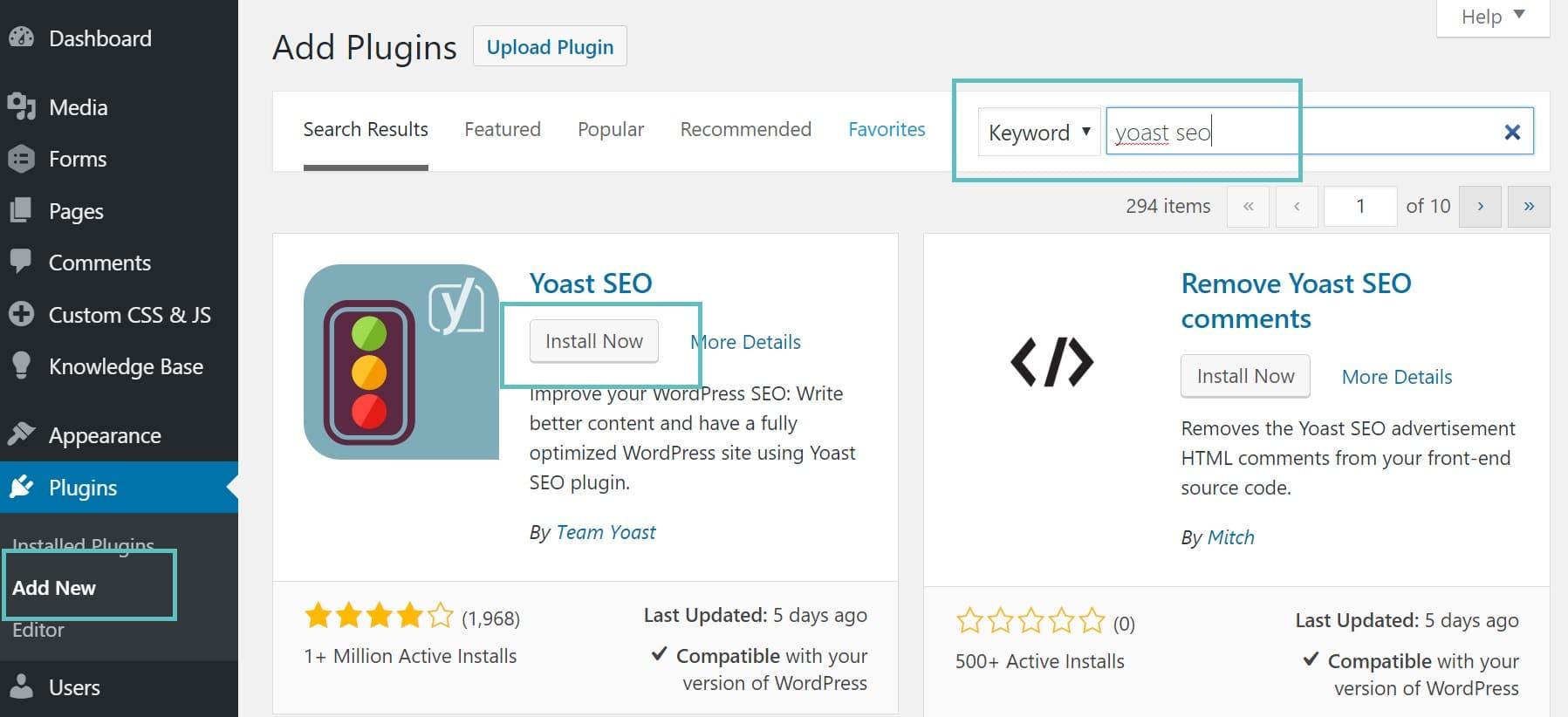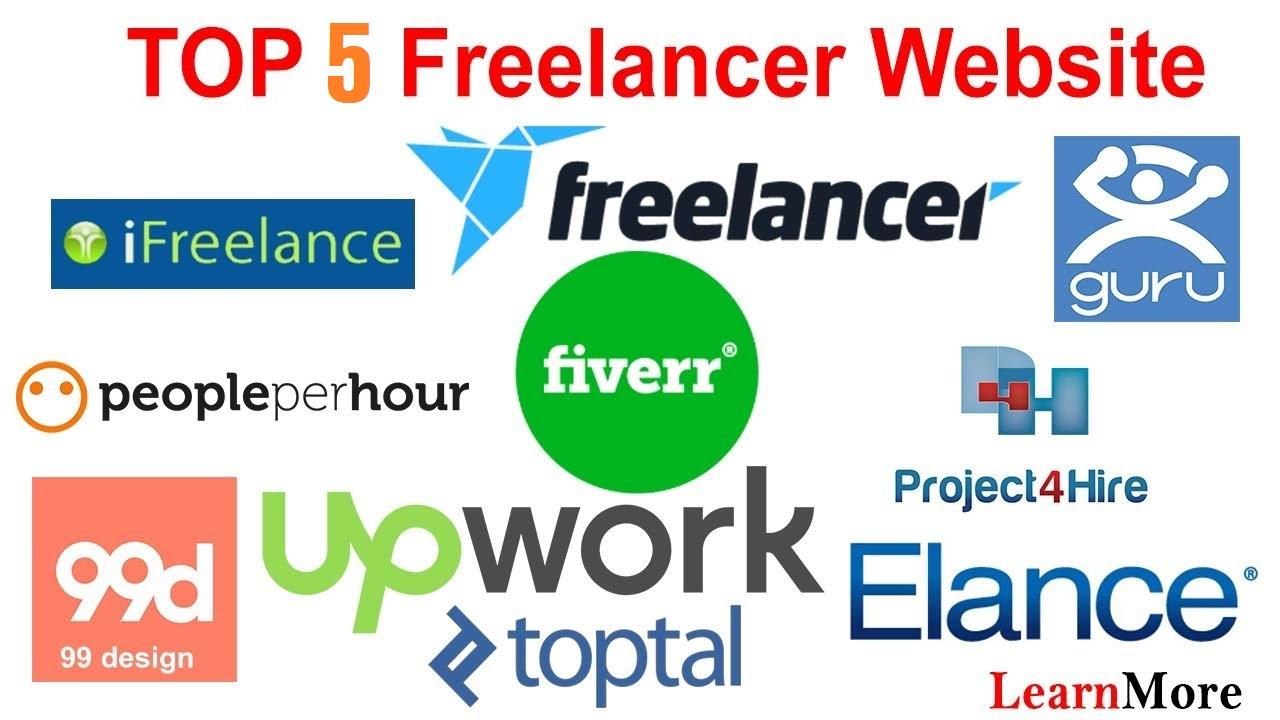My Journey too Creating a WordPress Plugin With ChatGPT: 120 Hours of Work, No Prior Experience
Have you ever had a brilliant idea that you just couldn’t shake off? You know, that little spark of inspiration that nudges you at the most unexpected moments? For me, it was the desire to create my very own WordPress plugin. But here’s the catch: I had zero coding experience. Sounds daunting, right? Well, let me take you on a journey through the past 120 hours of my life—a whirlwind of learning, late nights, and a sprinkle of AI magic courtesy of ChatGPT.When I first embarked on this adventure, the world of coding felt like a complex labyrinth. I was overwhelmed and intimidated, but deep down, I knew that if others could do it, so could I. With a curious mind and a little help from technology, I dove in headfirst. I’m here to share my story of trial and error, breakthroughs and setbacks, and ultimately, triumph. If you’ve ever dreamed of bringing your own ideas to life but felt held back by your lack of experience, stick around. You just might find the encouragement you need to take that first step. Trust me, it’s a journey worth taking!
Unlocking My Motivation to Build a WordPress Plugin with ChatGPT
As I embarked on my journey to create a WordPress plugin, the very thoght of it felt like standing at the foot of a towering mountain. I had no technical background, only an overwhelming desire to turn my ideas into reality. The turning point came when I discovered how ChatGPT could serve as my guiding light. This AI-powered tool not only helped me brainstorm ideas but also provided me with snippets of code and debugging tips that transformed my daunting task into a series of manageable steps.
Every day began with a fresh cup of coffee and a notebook filled with ideas. I would sit down and engage with ChatGPT, bouncing concepts back and forth. The process was surprisingly interactive. Here’s how I organized my thoughts:
- Idea Generation: Collaborating with ChatGPT to refine my plugin concept.
- Research: Exploring existing plugins and identifying gaps in the market.
- Learning: Utilizing online resources and ChatGPT to understand WordPress coding standards.
- Development: Writing, testing, and refining code snippets with AI assistance.
This collaborative approach was not only productive but also incredibly engaging. I found myself immersed in the world of WordPress development, learning about hooks, filters, and the WordPress API, all while having ChatGPT as my informed companion. With each breakthrough, my confidence grew, and the seemingly insurmountable became achievable.
To keep track of my progress, I employed a simple yet effective tool: a table to chart my milestones:
| Milestone | Completion Date | Status |
|---|---|---|
| Initial Concept | Week 1 | ✅ Completed |
| Basic Plugin Structure | Week 3 | ✅ Completed |
| Testing & Debugging | Week 5 | ✅ completed |
| Final Release | Week 8 | ✅ Completed |
Looking back at those 120 hours, I realize that each moment spent coding, testing, and learning was propelled by the motivation that came from having an intelligent partner by my side. chatgpt didn’t just assist me; it sparked creativity and offered solutions that I would have never considered on my own. This journey has reaffirmed my belief that with the right tools and persistence, even novices like me can unlock their potential and create something remarkable.
Diving into the World of WordPress: Where to Start for Beginners
Embarking on the journey to create a WordPress plugin can feel overwhelming, especially for those with no prior experience. However,with the right resources and a bit of determination,you can dive headfirst into this exciting world. The first step is to familiarize yourself with the WordPress ecosystem. Here are some key areas to explore:
- Understanding WordPress Basics: Learn about themes, plugins, and how WordPress operates.
- Setting Up Your Habitat: install a local development setup using tools like XAMPP or MAMP.
- Getting Acquainted with PHP: Since WordPress is built on PHP, a basic understanding is crucial.
- Exploring the WordPress Codex: The official documentation is a treasure trove of information.
As you continue your exploration, consider the specific functionality you want your plugin to offer. Identifying a niche can be beneficial, as it allows you to focus your efforts and build something unique. Such as, I focused on enhancing user experience through custom notifications. Here’s a simple breakdown of how to approach plugin development:
| Step | Description |
|---|---|
| 1. Define Your Idea | think about what your plugin will do and who it will help. |
| 2. Research Existing Plugins | Check the WordPress Plugin Directory for similar plugins. |
| 3. Set Up Your Plugin Structure | Create a folder and the necessary files for your plugin. |
| 4. Write Your Code | Start coding your plugin functionality in PHP. |
| 5. Test and Debug | Use tools to test your plugin and fix any bugs. |
Throughout the process, utilizing forums and communities can be incredibly helpful. Engaging with fellow developers allows you to gain insights, resolve challenges, and learn from others’ experiences. Resources like the WordPress Support forum and Reddit’s r/WordPress can be invaluable. And remember, persistence is key! Even when faced with obstacles, each problem solved will bring you one step closer to realizing your vision.
don’t forget to celebrate small milestones along the way. Each line of code written and each feature implemented is a step toward your goal. With dedication and the wealth of resources available, your transition from beginner to WordPress plugin creator can be both achievable and rewarding.Embrace the journey and let your creativity shine!
Navigating the Plugin Development Process: Tips and Tricks
Tips and Tricks to Enhance Your Plugin development Journey
After spending 120 hours crafting my first WordPress plugin, I learned a few invaluable lessons that can make all the difference in your development journey. if you’re just starting out, here are some tips to help you navigate through the process smoothly:
- Start with a Plan: Before diving into coding, sketch out your plugin’s functionality. A simple flowchart or a list of features can clarify your vision.
- Leverage Existing Resources: The WordPress Codex and forums are treasure troves of information. Don’t hesitate to seek help or inspiration from the community.
- Use Version Control: Implement Git from the start. It’s a lifesaver for tracking changes and collaborating with others if needed.
- Focus on User Experience: Always put yourself in the shoes of your users. Test your plugin thoroughly to ensure it’s intuitive and user-friendly.
Efficiency is key when developing plugins. Here are some practical approaches to streamline your workflow:
- Modular Coding: Break your code into manageable modules. This not only makes debugging easier but also allows for future enhancements without starting from scratch.
- Utilize Hooks and Filters: Familiarize yourself with WordPress hooks and filters.they provide immense flexibility and can definitely help you integrate your plugin smoothly into the WordPress ecosystem.
- Document everything: Maintain clear documentation for your code and features. This will aid in both future development and when you’re ready to share your plugin with others.
Here’s a quick comparison of development tools that can enhance your productivity:
| Tool | Purpose | Benefit |
|---|---|---|
| Visual Studio Code | Code Editor | Rich extensions and customization options. |
| Local by Flywheel | Local Development | Easy setup for testing environments. |
| phpstorm | IDE | Powerful tools for PHP development. |
Lastly, never underestimate the power of feedback. Onc your plugin is functional, share it with friends or fellow developers. Their insights can lead to significant improvements and encourage you to refine your work further.
How ChatGPT Became My Secret Weapon for Coding Challenges
when I embarked on my journey to create a wordpress plugin, I had minimal experience in coding and felt overwhelmed by the sheer amount of information out there. Enter ChatGPT, my secret weapon in navigating the labyrinth of coding challenges. This AI-powered assistant became more than just a tool; it was like having a coding partner who never judged my questions and was always ready with insightful answers.
Every time I hit a wall—be it understanding how to enqueue scripts or figuring out how to hook into WordPress actions—ChatGPT provided clear, concise explanations and examples that demystified complex concepts. Here’s how it transformed my learning process:
- Instant Feedback: I could ask questions in real time, and the immediate responses allowed me to keep my momentum going.
- Code Snippets: Whenever I needed a specific functionality, I could request code snippets tailored to my needs. This saved me countless hours of searching through documentation.
- Debugging help: When errors arose, ChatGPT helped me understand the issues and guided me through potential fixes, making troubleshooting a breeze.
The learning curve was steep, but with ChatGPT’s assistance, I felt like I was climbing it at an remarkable pace. I even started documenting my progress, wich turned into a valuable resource. I could summarize key points, share what worked, and reflect on what didn’t. This not only helped solidify my understanding but also made it easier to return to concepts weeks later without feeling lost.
| Challenge | ChatGPT Solution |
|---|---|
| Enqueuing Scripts | Provided a detailed exmaple and best practices. |
| Using Hooks | Explained action and filter hooks with practical examples. |
| Debugging Errors | Guided me in understanding PHP error messages and how to resolve them. |
With each challenge I faced, my confidence grew.What once seemed insurmountable transformed into manageable tasks, all thanks to the supportive role that ChatGPT played in my development process. It was like having a mentor on speed dial, ready to assist me with coding problems at any hour of the day. This collaboration not only honed my skills but also ignited a genuine passion for coding that I never knew I had.

Overcoming Obstacles: The Hard Lessons I learned Along the Way
Embarking on the journey of creating a WordPress plugin from scratch was both thrilling and daunting. Without any prior experience in coding or plugin development, I quickly realized that the path ahead was strewn with challenges. I had to grapple with complex concepts and troubleshoot errors that seemed insurmountable at times. Yet, it was through thes hurdles that I unearthed some of the most profound lessons of my life.
One of the first hard lessons was understanding the importance of patience. Coding is rarely a linear process. I vividly remember days spent staring at my screen, frustrated by syntax errors or unexpected behavior in my code. The key was to take a step back and breathe. I learned to embrace the iterative nature of development, allowing myself the space to learn and grow, rather than expecting immediate perfection.
Moreover,I realized the significance of community support. Engaging with forums, social media groups, and online courses transformed my understanding of WordPress plugin development.I discovered that many developers faced similar obstacles, and sharing experiences led to invaluable insights. This collaborative spirit not only helped me solve specific issues but also instilled a sense of belonging in a vast tech community.
As I progressed, I was reminded of the value of breaking tasks into manageable pieces. At first, the enormity of creating a fully functional plugin felt overwhelming.However, by setting smaller, achievable goals—like mastering the basics of PHP or creating a simple user interface—I found clarity and direction. Each small success felt monumental, fueling my motivation to tackle the next challenge.
| Obstacle | Lesson Learned |
|---|---|
| Syntax Errors | Patience is key; take breaks to clear your mind. |
| Complex features | Break tasks into smaller, manageable parts. |
| Feeling Overwhelmed | Seek community support and share your struggles. |
Ultimately, my journey taught me that overcoming obstacles is not merely about finding solutions but also about personal growth. Each setback became a stepping stone,shaping my resilience and adaptability. As I look back, I can clearly see how the challenges I faced became integral to the success of my project and my development as a creator.
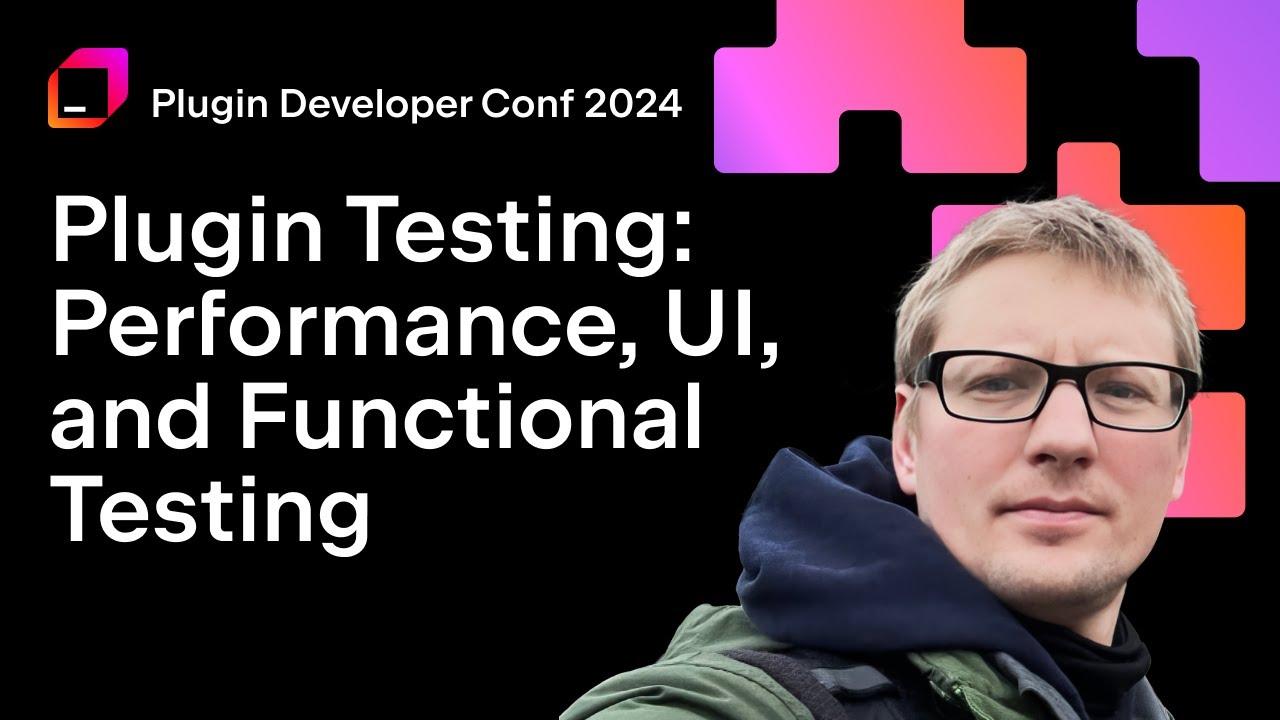
Testing and Troubleshooting: Ensuring Your Plugin Runs Smoothly
After dedicating countless hours to creating my WordPress plugin,I quickly realized that the journey didn’t stop at development.Testing and troubleshooting became essential steps to ensure that users could enjoy a seamless experience. Here’s how I approached this critical phase:
- Set Up a Local Development environment: Utilizing tools like XAMPP or Local by Flywheel allowed me to create a safe space for thorough testing without affecting my live website.
- Debugging Errors: Enabling WP_DEBUG in the
wp-config.phpfile was a game changer. It helped me identify PHP errors and warnings that needed immediate attention. - Cross-Browser Testing: I made sure to test my plugin across various browsers and devices to verify compatibility. This helped me catch layout and functionality issues that might arise in different environments.
One of the most valuable insights I gained was the importance of user feedback. I reached out to a small group of trusted users, providing them with early access to the plugin. Their input was crucial in uncovering bugs I hadn’t spotted and in highlighting features that needed refinement. In fact, I created a simple feedback form to streamline this process:
| User | Feedback Type | Comments |
|---|---|---|
| Alice | Bug Report | Found a conflict with another plugin. |
| Bob | Feature Request | Would love to see a settings page. |
| Charlie | Usability | Intuitive interface, but needs more guidance. |
Additionally, I utilized automated testing tools like PHPUnit to run unit tests, ensuring that each component of the plugin worked as intended. This proactive approach not only improved the quality of my plugin but also boosted my confidence in its robustness.I also invested time in creating a detailed documentation page that included:
- Installation Instructions
- Common Issues and Solutions
- FAQs
This comprehensive guide served as a useful resource for users, reducing the number of support inquiries and allowing me to focus on further development. Emphasizing thorough testing and effective troubleshooting made all the difference in ensuring my plugin could run smoothly and deliver a positive user experience.
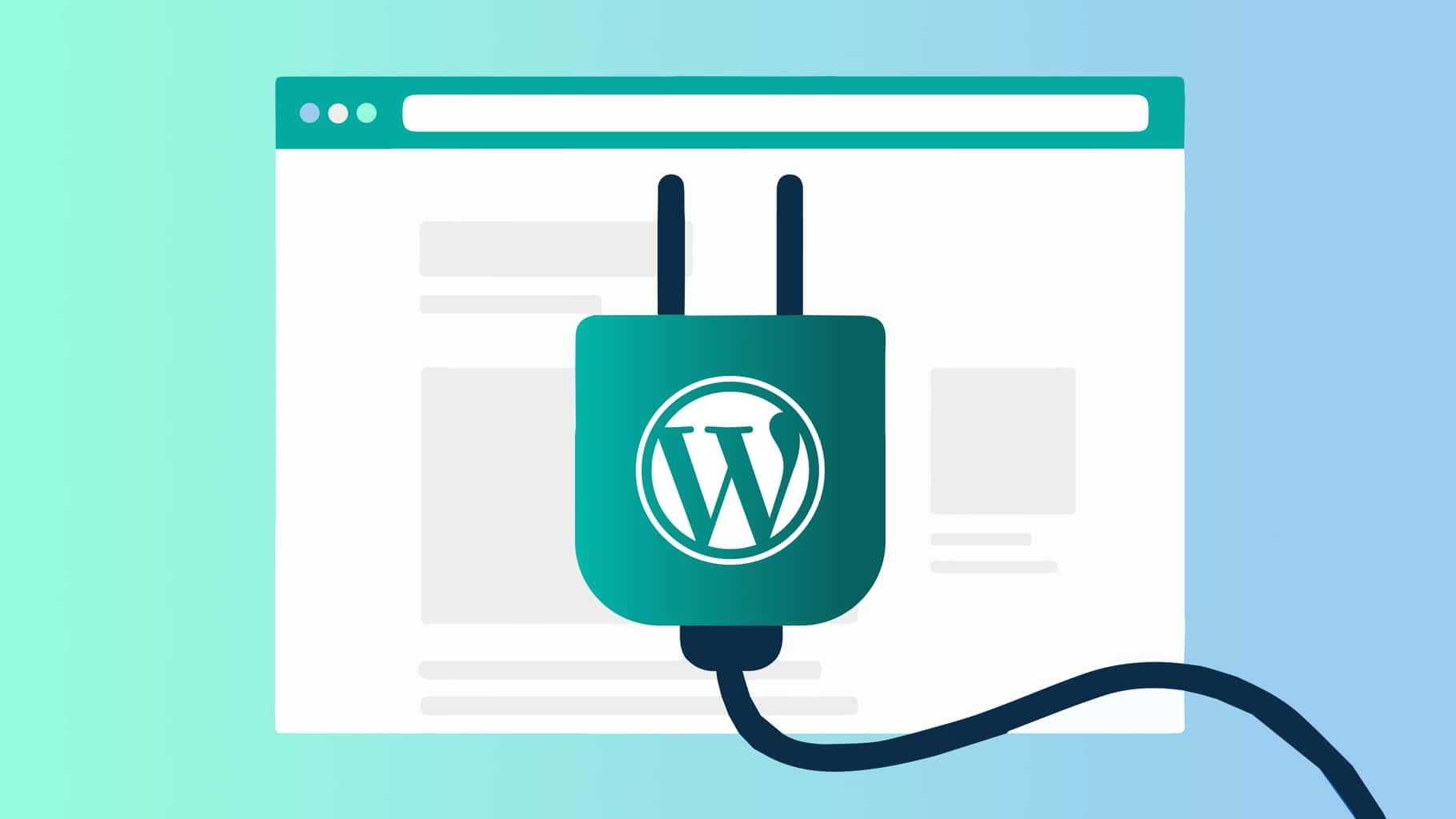
Marketing Your Plugin: Strategies for Success in a Competitive Market
When it comes to marketing your newly created WordPress plugin, the road can feel overwhelming, especially if you’re venturing into this space for the first time. After investing 120 hours into my plugin, I realized that the journey didn’t stop at development; it was just the beginning. here are some proven strategies that can help you stand out in a competitive market.
leverage Social Media: Use platforms like Twitter, Facebook, and LinkedIn to share your progress and engage with potential users. Create dedicated pages or groups where you can discuss features, gather feedback, and maintain excitement. Here’s how to maximize your social media outreach:
- Post regularly about updates and features.
- Use relevant hashtags to reach a broader audience.
- Engage with comments and questions to build a community.
Create Compelling Content: Content marketing can be your best friend. Write blog posts, tutorials, and videos demonstrating how to use your plugin effectively.Educational content not only helps potential users understand your product but also improves your site’s SEO. Here’s a simple content calendar you can follow:
| Week | Content Type | Topic |
|---|---|---|
| 1 | Blog Post | Getting Started with My Plugin |
| 2 | Video Tutorial | 5 Tips for Optimizing Your Experience |
| 3 | Case Study | Success Stories from Early users |
| 4 | Webinar | Live Q&A About My Plugin |
Engage with the WordPress Community: Participating in forums, attending meetups, and contributing to WordPress-related events can significantly boost your visibility.Share your expertise, offer help, and invite others to try your plugin. Networking within the community can lead to partnerships and greater exposure.
Utilize Email Marketing: Build an email list from day one. Offer valuable resources, updates, and exclusive offers to your subscribers.A consistent email marketing strategy keeps your audience informed and can drive significant traffic to your plugin’s landing page. Ensure your emails are visually appealing and provide clear calls to action.
Remember, marketing is not just about selling; it’s about building relationships and trust with your audience. By utilizing these strategies, you can navigate the competitive landscape with confidence and ensure your plugin reaches its full potential.

Reflecting on My journey: What I Wish I Knew Before Starting
As I look back on my journey of creating a WordPress plugin using ChatGPT, I can’t help but wish someone had shared some insights with me before I plunged into this endeavor. The excitement of learning something new was palpable, but the reality of diving into unfamiliar waters often felt overwhelming.Here are some key lessons I learned along the way:
- Understand the basics of WordPress Development: Before diving in, I wish I had taken the time to grasp the fundamentals of WordPress development.Knowing how plugins interact with the core system and understanding the coding language used could have saved me countless hours of frustration.
- Embrace the Learning Curve: initially, I was disheartened by the steep learning curve. However,accepting that growth comes from discomfort made the process much more enjoyable. Each challenge was an prospect to learn something new.
- Utilize Online Resources: The wealth of information available online is staggering. I discovered numerous tutorials, forums, and communities dedicated to WordPress development. Connecting with others who were on similar journeys was invaluable.
Another crucial point is the importance of planning and organization. Before I started coding, I had a vague idea of what I wanted my plugin to do, but I quickly realized that a clear roadmap would have streamlined my process significantly. Here’s a simple table of what I learned about the planning phase:
| Planning Steps | Benefits |
|---|---|
| Define Your Plugin’s Purpose | clarity and direction in development |
| Create a Feature List | Helps prioritize functionalities |
| Sketch a User Interface | Visualizing design enhances usability |
Lastly, I wish I had realized the importance of patience and persistence earlier in my journey. Building a plugin is not just about writing code; it’s about testing, debugging, and refining your work. celebrating small victories and learning from mistakes helped me develop resilience, which is crucial in any creative venture.
In retrospect, while the journey was far from easy, each lesson learned was a stepping stone towards success. If I had known these insights from the start, I might have approached this project with more confidence and less stress. As I continue to refine my plugin, I hold onto these lessons, eager to share them with anyone considering a similar path.
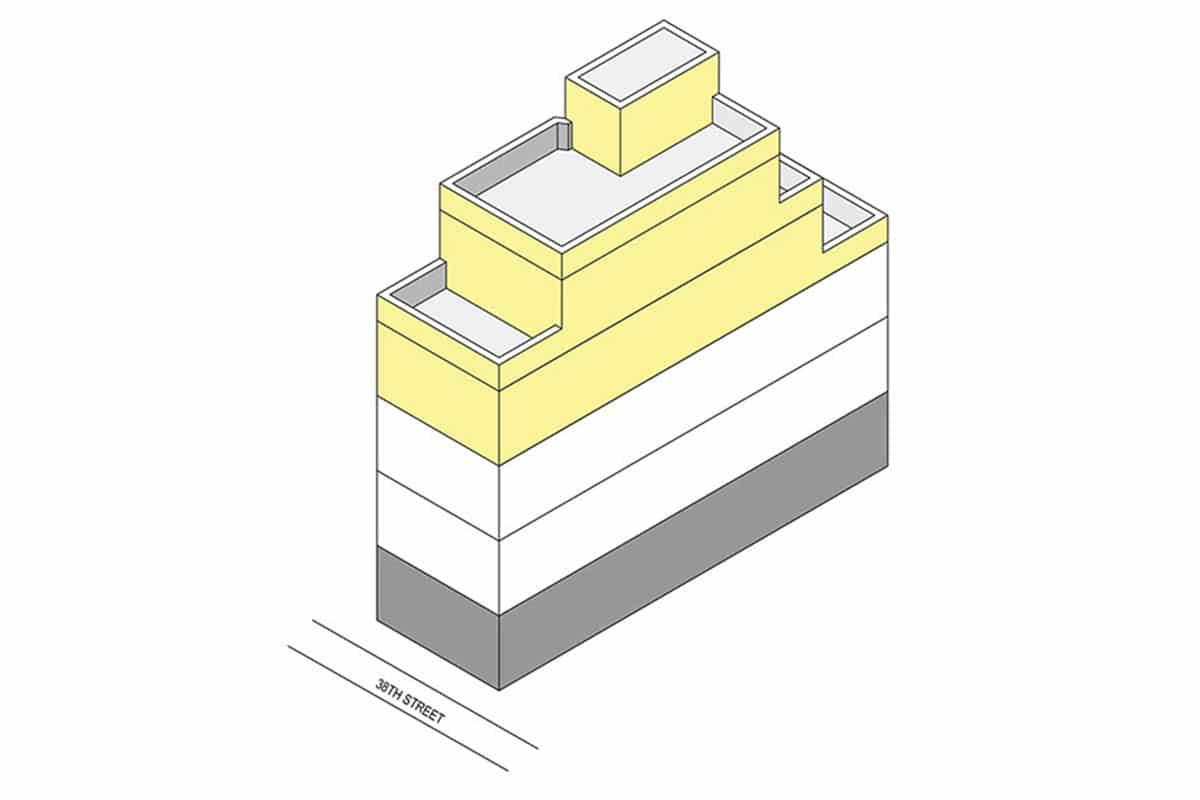
Encouragement for First-Time Developers: You Can Do It Too
Embarking on your first development project can feel like standing at the base of a mountain, looking up at the peak that seems so far away. I know that feeling all too well. As someone who dove into the world of wordpress plugin development with zero experience, I can assure you that the journey, while challenging, is incredibly rewarding.Here’s the truth: if I can do it, so can you!
One of the most powerful tools in your arsenal is determination.It’s easy to get overwhelmed by the vastness of coding and the complexities of wordpress. But remember, every developer started somewhere. Here are some approaches that helped me along the way:
- Break it down: Rather of trying to learn everything at once, focus on small, manageable tasks.
- Use resources: Leverage forums, tutorials, and of course, AI tools like ChatGPT that can provide instant guidance.
- Practice, practice, practice: The more you code, the more comfortable you’ll become. Don’t shy away from experimenting!
Moreover, connecting with the community can be a game-changer. Engaging with other developers—whether through online forums or local meetups—can provide support and encouragement. You’ll find that others have faced the same hurdles, and sharing your experiences can foster collaboration and learning.
Here’s a simplified table that summarizes the most significant steps on your journey:
| Step | Description |
|---|---|
| Define Your Idea | Identify a problem your plugin will solve. |
| Research & Learn | Study existing plugins and gather resources. |
| Start Coding | Create a basic version of your plugin. |
| Test & Iterate | Get feedback and improve your plugin. |
| Launch | Share your work with the world! |
The most important takeaway? Believe in yourself. Every line of code you write is a step closer to your goal. Embrace the mistakes and learn from them; they’re just stepping stones on your path to success. Remember, the only limit is the one you set for yourself. Let’s get coding—you’ve got this!
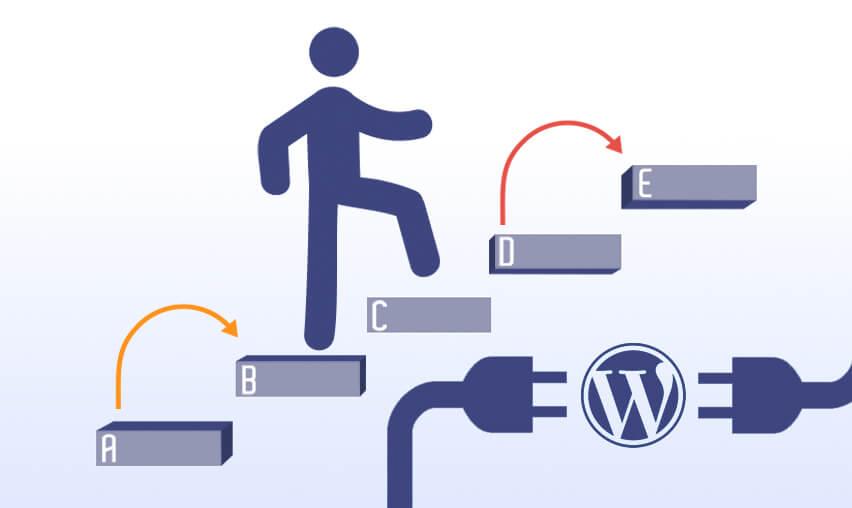
The Future of My Plugin and Next Steps in My Development Journey
As I reflect on my journey of developing this WordPress plugin, I can’t help but feel a mix of excitement and determination for what lies ahead. After investing over 120 hours into this project, I’ve learned invaluable lessons that will shape the future direction of my plugin. the experience has not only equipped me with technical skills but has also ignited a passion for continuous enhancement and innovation.
Looking ahead, my immediate goals include:
- Enhancing User Experience: I plan to gather feedback from users and implement changes that will make the plugin more intuitive and user-friendly.
- Expanding features: Based on user requests and industry trends, I aim to introduce new functionalities that will provide even greater value.
- Improving Performance: Optimization is key. I’ll be focusing on speed and efficiency, ensuring that my plugin runs smoothly across various WordPress installations.
To support these goals, I’m setting up a structured feedback loop. This will involve:
| Feedback Method | Purpose |
|---|---|
| User surveys | Gather comprehensive insights on user satisfaction and feature requests. |
| Beta Testing Groups | Engage a community of users to test new features before full release. |
| Regular Updates | Keep the plugin fresh and address bugs promptly, ensuring trust and reliability. |
Additionally, I am exploring collaboration opportunities with other developers and designers to enrich my plugin further. By leveraging diverse expertise, I believe I can introduce innovative functionalities that will distinguish my plugin in the competitive WordPress landscape. Networking at wordpress meetups and conferences is high on my agenda, as these interactions frequently enough lead to fruitful partnerships.
Lastly,I understand the importance of marketing and community engagement. I plan to create a dedicated website and social media presence for the plugin, where users can find tutorials, updates, and support. Sharing my journey through blog posts and video content will not only build a community around my project but also provide visibility and credibility in the WordPress ecosystem.
Frequently Asked Questions (FAQ)
Q&A: My Journey to Creating a WordPress Plugin With ChatGPT
Q1: What inspired you to create a WordPress plugin?
A: I’ve always been fascinated by technology and how it can solve everyday problems. When I stumbled upon ChatGPT, I realized its potential for streamlining tasks and enhancing user experiences. I thought, why not create a WordPress plugin that leverages this powerful tool? The idea sparked a passion in me to take on this challenge, despite having no prior experience in plugin development.
Q2: You mentioned having no prior experience. was that intimidating?
A: Absolutely! In the beginning, the thought of diving into coding and plugin development was daunting.But I reminded myself that everyone starts somewhere. With determination and the help of online resources, I tackled each challenge one step at a time. It was a steep learning curve, but I found it incredibly rewarding.
Q3: How did you manage your time during this project?
A: Balancing a full-time job and personal life while dedicating 120 hours to plugin development was tricky. I created a schedule,setting aside specific times each week to focus solely on the project. I broke the work down into manageable tasks, which made it less overwhelming.Plus, I often found myself so engrossed in the process that it didn’t feel like a burden at all!
Q4: How did ChatGPT assist you in the development process?
A: ChatGPT was an absolute game-changer! I used it for brainstorming ideas, debugging code, and even understanding complex concepts.Whenever I hit a roadblock, I’d ask chatgpt for help, and it provided insights that helped me move forward. Its ability to generate code snippets and offer advice made it feel like I had a coding partner by my side.Q5: What were some of the biggest challenges you faced?
A: One of the biggest challenges was understanding the WordPress ecosystem—there are so many components to consider! Also, debugging became a bit of a nightmare at times, especially when the plugin didn’t work the way I expected.But every challenge taught me something new and fueled my determination to keep going.
Q6: What would you say to someone thinking about starting a similar project?
A: Go for it! If you have an idea, don’t let a lack of experience hold you back. Use the resources available to you, like tutorials, forums, and tools like ChatGPT. Remember, the journey is just as critically important as the destination. You’ll learn so much along the way, and the sense of accomplishment at the end is truly worth it.
Q7: What’s next for you after creating this plugin?
A: I’m excited to continue refining the plugin based on user feedback and possibly expanding its features. I’ve caught the development bug, and I’m already brainstorming ideas for future projects. Who knows? Maybe I’ll write a guide to help others follow in my footsteps!
Q8: How do you envision the impact of your plugin on users?
A: I hope my plugin simplifies tasks and enhances the productivity of wordpress users. If it can make someone’s workflow easier or save them time, then I’ll consider it a success. Ultimately, I want to inspire others to tap into their creativity and explore the endless possibilities technology offers.
This Q&A format not only highlights your journey and the challenges you faced but also serves as a motivational piece for others who may be considering similar projects.Good luck with your article!
The Conclusion
Outro:
And there you have it—my whirlwind journey of creating a WordPress plugin with the help of ChatGPT! After pouring in 120 hours of work and navigating the often-treacherous waters of coding without prior experience, I can honestly say it was one of the most rewarding challenges I’ve undertaken.
If you’re sitting on the fence, wondering whether to dive into your own project, let me assure you: it’s totally doable! With the right mindset and resources—like ChatGPT at your side—you can turn your ideas into reality. Remember, everyone starts somewhere, and the only way to learn is to take that first step!
So why not take your passion and creativity and put them to good use? Whether you’re creating a plugin, building a website, or exploring a entirely different venture, embrace the journey. You might just surprise yourself with what you can achieve.
thank you for joining me on this adventure! If you have any questions or want to share your own experiences, feel free to reach out. Let’s keep this conversation going! Keep coding, keep creating, and who knows? your own success story might be just around the corner. Happy building!

